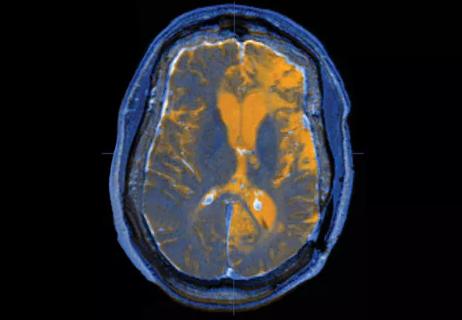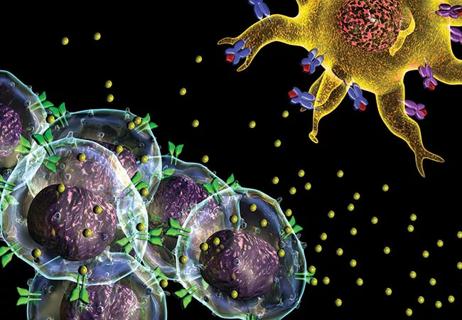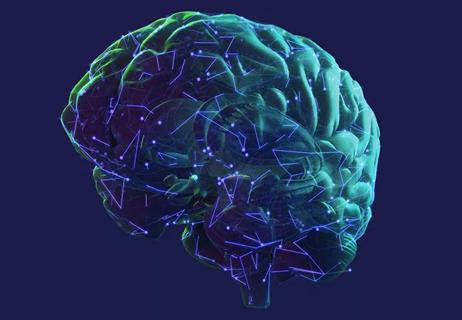Advertisement
The how and the why behind Cleveland Clinic’s approach

By Andre Machado, MD, PhD, and Imad Najm, MD
Advertisement
Cleveland Clinic is a non-profit academic medical center. Advertising on our site helps support our mission. We do not endorse non-Cleveland Clinic products or services. Policy
Contemporary healthcare is awash in data. The opportunity is to make these data an asset in the service of patients rather than something that simply has to be securely stored and maintained. This requires availability of data that are not just abundant but also relevant, complete, clean and accurate — in other words, well-characterized data from real-world practice.
As part of a patient-centered institution, Cleveland Clinic’s Neurological Institute is uniquely positioned to make a difference in patients’ diagnosis and treatment through the use of artificial intelligence. We rely on a combination of extensive data availability, clinical expertise to guide collection of meaningful data in everyday practice, and analytics teams with mastery of the intricacies of healthcare data and the latest technologies. We believe a focus on harnessing the power of well-characterized, real-world data is essential to delivering on the promise of artificial intelligence in healthcare.
Also central to success is an active collaboration between our technical analytics teams and our multispecialty clinical teams, with inclusion of patient perspectives at every opportunity. Regardless of how sophisticated one’s data analytics may be, they are of little value if not applied to what clinicians identify as the factors that matter most in a given disease state and impact real-world patient care. Likewise, rich and revealing data are powerless if not integrated in a way that fits smoothly into a clinical workflow that clinicians will want to adopt.
Advertisement
Similarly, once data are collected, their analysis must go beyond the realm of statisticians and algorithms to be fully informed by clinicians’ input if they are ever to yield insights that will guide patient care in relevant, meaningful ways.
This type of collaboration is beginning to yield dividends in neurological care at Cleveland Clinic and beyond, as detailed in several recent reports from our teams on this Consult QD website:
Advertisement
As these reports suggest, much of the future of neurological care resides in tapping the power of well-characterized big data. But doing so involves an abundance of challenges. These are still early days, but it’s already clear that corporate data giants will not be able to solve these challenges in isolation from clinical providers, at least not in a comprehensive way. What is needed is an integrated collaboration between clinical, statistical and technical experts as reflected in the articles above.
Dr. Machado is Chair of Cleveland Clinic’s Neurological Institute and a neurosurgeon in the Center for Neurological Restoration. Dr. Najm is the Neurological Institute’s Vice Chair for Strategy and Development and Director of the Epilepsy Center.
Advertisement
Advertisement

Q&A with Brain Trauma Foundation guideline architect Gregory Hawryluk, MD, PhD

Q&A with newly arrived autoimmune neurology specialist Amy Kunchok, MD

A neurocritical care specialist shares what’s spurring growth of this new evaluation approach

Focused ultrasound offers a newer alternative to deep brain stimulation

Prehabilitation can help improve outcomes after spine surgery

Get ready for central vein sign and optical coherence tomography

How these new drugs fit into practice two years out from their first approvals

A conversation on the state of physiatry with the AAPM&R’s Vice President